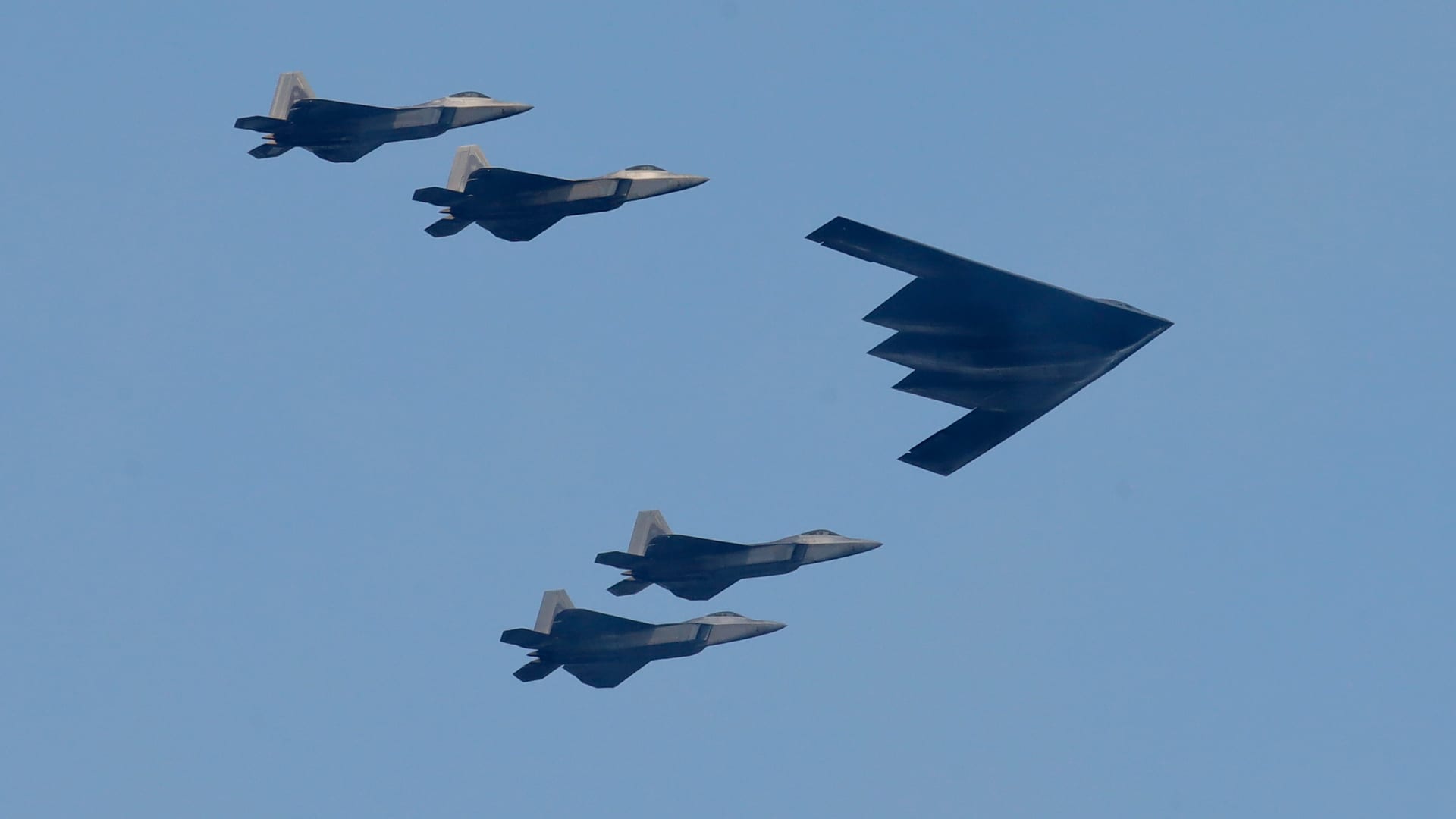A Precipice of Conflict: Analyzing the U.S. Strikes on Iranian Nuclear Sites
The international stage has been dramatically reshaped as President Donald Trump announced U.S. military strikes targeting three critical Iranian nuclear sites: Fordo, Natanz, and Isfahan. This bold move, framed as a response to perceived threats and a show of support for Israel, has pushed global tensions to a critical juncture. The world watches with bated breath as Tehran warns, “war starts now.” This complex situation necessitates a thorough examination of the events, immediate reactions, and potential ramifications of this high-stakes maneuver.
The Anatomy of the Strikes
At the heart of the crisis lies the U.S. military action itself. President Trump described the strikes as “very successful,” asserting that a “full payload” was delivered to the targeted facilities. These strikes were not isolated incidents but were presented as a coordinated effort with Israel, aimed at significantly disrupting Iran’s nuclear program. The language used—“decapitating” the program—suggests a strategic intent to dismantle the infrastructure and expertise essential for Iran’s nuclear capabilities, rather than merely delaying its progress.
Targeted Facilities
Fordo, a heavily fortified underground facility, was a key target. Its deep underground location underscores the perceived necessity of a significant and forceful attack to inflict meaningful damage. The inclusion of Natanz and Isfahan, both vital components of Iran’s nuclear infrastructure, indicates a broad scope to the operation. These sites are crucial for various aspects of the nuclear program, from uranium enrichment to research and development. The timing of the strikes, following Israel’s initial offensive, suggests a coordinated effort to maximize impact and accelerate the disruption of Iran’s nuclear ambitions.
Global Reactions: A Divided World
The announcement of the strikes immediately elicited a diverse range of responses from global leaders. Israel, as expected, praised President Trump’s decision, viewing it as a crucial step in containing Iran’s nuclear program. This alignment highlights the strong strategic partnership between the two nations and their shared concerns regarding Iran’s regional influence.
United Nations and International Community
However, the international community’s reaction was far from unified. The United Nations issued a call for de-escalation, emphasizing the need for diplomatic solutions and cautioning against further actions that could exacerbate the crisis. This reflects a broader concern among many nations about the potential for a wider conflict in the Middle East. Other nations have yet to issue strong statements, likely assessing the situation and formulating their responses. The lack of immediate, widespread condemnation suggests a complex geopolitical calculus at play, with many countries hesitant to take sides in a rapidly evolving situation.
Tehran’s Response: A Declaration of War
The most immediate and alarming response came from Tehran. The Iranian army swiftly declared that “war starts right now,” signaling a clear intention to retaliate for the U.S. strikes. This declaration is not merely rhetorical; it represents a fundamental shift in the dynamic, transforming the situation from one of covert operations and escalating tensions to an open confrontation.
Implications of Tehran’s Declaration
The implications of this declaration are profound. It suggests that Iran is prepared to engage in direct military action against U.S. interests and potentially its allies in the region. The nature and scale of this retaliation remain uncertain, but the possibility of attacks on U.S. military bases, shipping lanes, or even proxy forces cannot be discounted. This escalation dramatically raises the stakes and increases the risk of a protracted and devastating conflict.
Domestic Repercussions: U.S. Political Landscape
The strikes also reverberated within the United States, prompting reactions from various political figures. Texas leaders, for example, weighed in on the situation, reflecting the domestic implications of a potential war with Iran. The decision to launch these strikes, without explicit congressional authorization, is likely to fuel further debate about presidential war powers and the role of Congress in authorizing military action.
Political and Economic Impact
Furthermore, the strikes inject a new level of uncertainty into an already volatile political climate. The potential for a prolonged conflict, with its associated economic costs and human toll, is likely to become a central issue in the upcoming election cycle. The administration’s justification for the strikes—the need to prevent Iran from acquiring nuclear weapons and to support Israel—will be scrutinized, and the potential consequences of the action will be fiercely debated.
The Path Forward: A Precarious Balance
The current situation represents a precarious balance, teetering on the brink of a full-scale war. President Trump’s assertion that “the bully of the Middle East must now make peace” underscores the administration’s stated objective: to compel Iran to negotiate a more favorable nuclear agreement and to curb its regional aggression. However, the use of military force as a primary tool for achieving this objective is highly questionable.
Immediate Priorities
The immediate priority must be de-escalation. Diplomatic channels need to be reopened, and all parties must exercise restraint to prevent further escalation. The international community, particularly the United Nations, has a crucial role to play in mediating a ceasefire and facilitating negotiations. However, the path to de-escalation is fraught with challenges. Iran is unlikely to back down easily, and the deep-seated mistrust between the two nations will make meaningful dialogue difficult.
A Looming Shadow
The U.S. strikes on Iranian nuclear sites mark a dangerous turning point in the Middle East. The decision to employ military force, coupled with Tehran’s declaration of war, has plunged the region into a state of heightened uncertainty and risk. While the administration frames the action as a necessary step to prevent Iran from acquiring nuclear weapons, the potential consequences—a wider conflict, regional instability, and a humanitarian crisis—are immense. The coming days and weeks will be critical in determining whether the world can avert a catastrophic war and navigate a path towards a more peaceful and secure future. The shadow of conflict looms large, demanding a renewed commitment to diplomacy, restraint, and a genuine pursuit of lasting peace.

